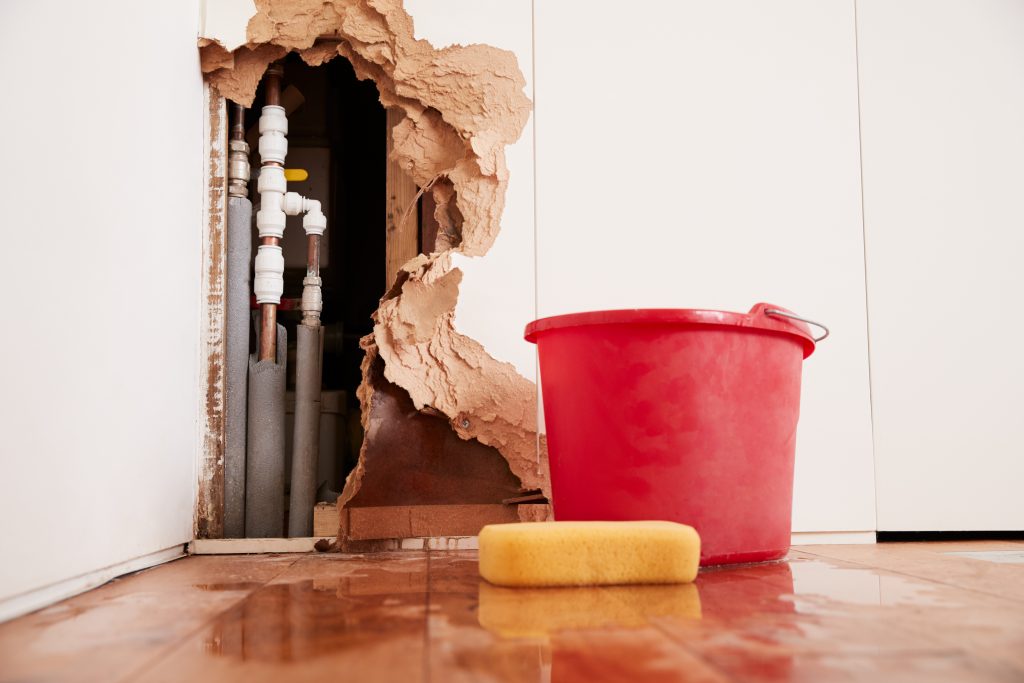Find Concealed Water Line Leaks: Six Ingenious Detection Tips
Find Concealed Water Line Leaks: Six Ingenious Detection Tips
Blog Article
How do you actually feel on the subject of Locating water leaks?

Early discovery of leaking water lines can reduce a prospective catastrophe. Some small water leaks may not be noticeable.
1. Examine the Water Meter
Every home has a water meter. Inspecting it is a proven way that helps you discover leaks. For starters, turn off all the water sources. Ensure no one will purge, make use of the tap, shower, run the cleaning maker or dish washer. From there, go to the meter and watch if it will transform. Given that nobody is using it, there should be no movements. That suggests a fast-moving leak if it relocates. If you find no modifications, wait a hr or two and inspect back once again. This suggests you might have a sluggish leakage that might even be below ground.
2. Inspect Water Consumption
If you detect unexpected changes, regardless of your usage being the same, it means that you have leaks in your plumbing system. A sudden spike in your bill suggests a fast-moving leakage.
On the other hand, a constant rise each month, despite the exact same behaviors, shows you have a slow-moving leakage that's additionally gradually rising. Call a plumber to extensively examine your building, specifically if you really feel a cozy location on your flooring with piping below.
3. Do a Food Coloring Examination
When it comes to water intake, 30% comes from commodes. If the shade somehow infiltrates your dish throughout that time without flushing, there's a leak between the tank as well as dish.
4. Asses Outside Lines
Do not forget to inspect your outdoor water lines also. Must water leak out of the connection, you have a loosened rubber gasket. One small leak can squander bunches of water and surge your water expense.
5. Inspect as well as Examine the Scenario
Property owners should make it a habit to examine under the sink counters and also also inside closets for any type of bad odor or mold development. These 2 warnings suggest a leak so prompt focus is required. Doing routine assessments, even bi-annually, can save you from a major trouble.
Check for discolorations and compromising as many appliances as well as pipelines have a life span. If you believe leaking water lines in your plumbing system, do not wait for it to escalate.
Early discovery of dripping water lines can reduce a possible disaster. Some small water leakages might not be visible. Inspecting it is a proven way that helps you find leakages. One little leak can squander heaps of water and also spike your water bill.
If you think leaking water lines in your plumbing system, do not wait for it to intensify.
How to Know If Your Home Has a Hidden Leak
Water Meter Reveals Inexplicable Water Usage
If you’d like to test whether or not there’s a leak somewhere in your home, you can do this using your water meter. Here is how to conduct the test:
Don’t use any water in your home for at least 30 minutes; this also means not turning on faucets or water-using appliances.
Go outside, and check your water meter for activity.
If your water meter shows that there was activity, even though no one was using any water, this proves that there is a leak in your home.Visible Mold or Mildew Growth
Leaks behind walls create moist, dark environments that allow mold and mildew to grow and thrive. Eventually, you might see mold growth forming on the wall closest to a hidden leak.
If mold is growing in an area that receives a high amount of moisture, such as a bathroom, it may simply be an indication that better ventilation is needed. However, if you see mold growth on a wall or the ceiling in an area where you would not expect, you probably have a hidden leak.
Musty, Mildew Odor
Sometimes you might not be able to see the mold or mildew that is growing as a result of a leak. However, the smell can give the problem away just as easily. If you catch a whiff of something musty, there’s a good chance that old water is collecting somewhere in your home that you can’t see.
Stained/Warped Walls, Ceilings, or Floors
When your home soaks up water, a variety of red flags can become visible, including ceiling stains, bubbling drywall, warped walls, and sagging floors. While these issues can be caused by excess humidity, they can also be signs that a pipe or plumbing connection has started leaking behind your walls.
Inexplicably High Water Bill
After a while, you get a general sense for what your water bill should be. If you own a pool or sprinkler system, your bill will tend to be higher during summer. However, if you receive a water bill that seems especially high, and you can’t figure out what caused it, then you may have a hidden leak somewhere that’s increasing your bill.
https://www.plumbingjoint.com/blog/2019/july/how-to-know-if-your-home-has-a-hidden-leak/

Do you appreciate reading about Hacks to detect leaks? Leave a short review down the page. We will be delighted to find out your responses about this write up. In hopes that you visit us again soon. Liked our posting? Please share it. Let someone else check it out. Thank you for going through it.
Book A Service Report this page